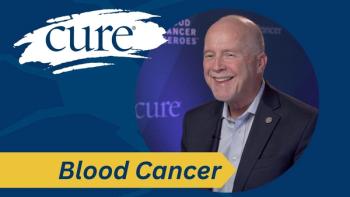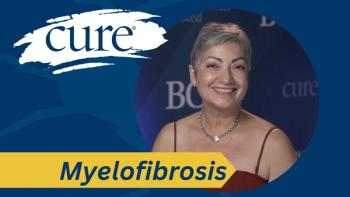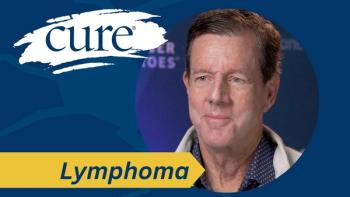
Approval of Orgovyx ‘Extremely Significant’ for Patients with Advanced Prostate Cancer
The Food and Drug Administration’s recent approval of the first oral hormone therapy, Orgovyx, for the treatment of advanced prostate cancer has positioned the drug to become a standard of care for patients, according to an expert.
The Food and Drug Administration’s (FDA)
“It's significant because this approval is for the first and only oral medication to lower testosterone,” Dr. Neal D. Shore, medical director of the Carolina Urologic Research Center, said in an interview with CURE®. “All the existing medications are administered through either an injection in the muscle or under the skin (and) require a visit to the clinic.”
The safety and effectiveness of Orgovyx was assessed in a worldwide trial of more than 900 men with advanced prostate cancer who were randomly assigned Orgovyx once per day or leuprolide every three months for 48 weeks. Results of the trial showed that patients treated with Orgovyx had a castration rate of 96.7%.
“Not only was (Orgovyx) better tolerated versus an injection, but it achieved the lowering of the testosterone — and in a more superior way,” Shore explained. “And it was clearly more convenient. But to me, that's not even the most important thing.”
More than 90% of patients who receive these therapies have at least one cardiovascular risk factor, according to Shore. Patients sometimes have high blood pressure, diabetes, a history of smoking, any significant prior cardiovascular disease or are overweight.
Treatment with Orgovyx, noted Shore, was associated with a 54% decrease in any kind of significant cardiovascular event compared with leuprolide.
As a result, there is tremendous excitement around what an oral therapy will offer patients.
“It just completely opens (treatment options) to patients,” he said. “And for physicians, (it’s) a really important new tool for us to discuss androgen deprivation therapy for appropriate prostate cancer patients.”
Return to normal testosterone levels
Shore noted that for more than 70 years, experts have known that radiation works better when testosterone levels are lowered in men who have advanced prostate cancer, as well as some men who have localized prostate cancer and are receiving radiation treatment.
However, certain side effects are more likely to occur when a man’s hormone level is lowered. For instance, Shore said, men can develop hot flashes, have a decreased sexual function and even have a negative effect on bone density.
Of note, in a subgroup of approximately 200 patients within the trial, patients who received Orgovyx were more likely to see a return to normal testosterone levels after treatment ended. The data demonstrated that 53% of the subgroup who received the oral drug returned to normal testosterone levels within 90 days of stopping therapy, compared with 3% of those who received leuprolide.
“For patients who may be only on a short course of testosterone suppression — (that) could be three months, six months or even a year — their likelihood of testosterone recovery is clearly much enhanced,” he said.
First choice
When given the option to receive an oral pill versus an injection, Shore said he believes patients would be more inclined to want to receive the oral drug. Moreover, the mechanism of action (meaning how the drug works) is not counterintuitive. Some prostate cancer therapies can cause a patient’s testosterone levels to increase significantly before they go back down to required levels for treatment.
The concern, Shore explained, with high levels of testosterone is that they may cause the cancer to get worse.
The results of the trial overwhelmingly support the use of Orgovyx in this patient population, according to Shore.
“It'll be my first go to for all of my patients requiring testosterone suppression,” he concluded. “I think it undoubtedly will be recognized as a standard of care.”
For more news on cancer updates, research and education, don’t forget to




